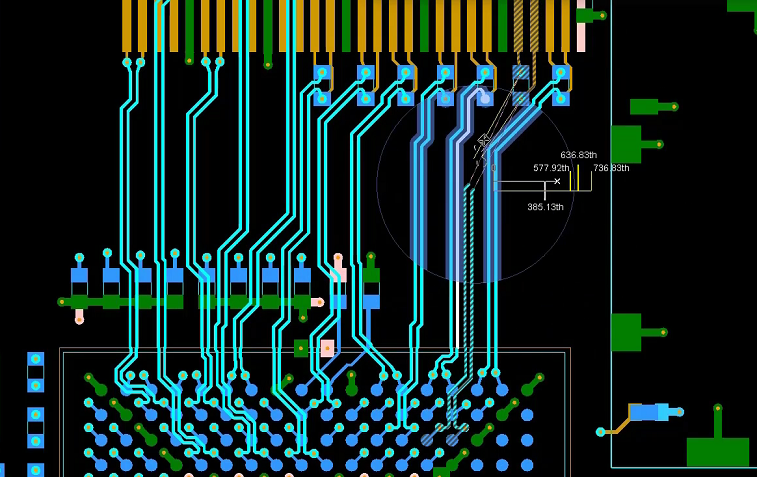
Electromagnetic Compatibility (EMC) design guidelines are essential standards for ensuring that electronic devices operate correctly in their electromagnetic environment while minimizing electromagnetic interference. These guidelines aim to provide direction for the EMC design of electronic devices, ensuring compliance with relevant standards and regulations to enhance overall electromagnetic compatibility.
Scope
These guidelines apply to the EMC design of electronic equipment, including but not limited to the following areas:
- Consumer electronics
- Communication equipment
- Industrial control systems
- Medical devices
- Aerospace equipment
EMC Design Principles
- Suppress Interference Sources: Reduce the intensity of internal electromagnetic interference sources within the device to decrease radiated energy.
- Interrupt Propagation Paths: Minimize the propagation paths of electromagnetic interference through proper layout and routing.
- Enhance Immunity: Improve the device's resistance to external electromagnetic interference by optimizing its structure and circuit design.
EMC Design Measures
- Shielding: Employ techniques like metal enclosures, conductive coatings, and shielded cables to reduce electromagnetic radiation and protect against external interference.
- Grounding: Design a comprehensive grounding system, including a proper grounding grid and solid connections to earth ground, to divert interference currents and minimize noise voltage.
- Filtering: Use filters, such as low-pass filters, on power supply and signal lines to suppress conducted interference and reduce its propagation.
- Layout and Routing: Optimize the physical layout of components and the routing of traces on the printed circuit board to minimize electromagnetic coupling and crosstalk.
- Transient and ESD Protection: Implement protection against transient events. This includes installing surge protectors for lightning protection at power and signal inputs and employing anti-static measures to prevent electrostatic discharge (ESD) damage.
- Compliance Testing: Regularly perform tests to verify EMC performance. This includes testing for electrostatic discharge immunity and measuring electromagnetic emissions to ensure compliance with relevant standards and regulations.
 ALLPCB
ALLPCB







